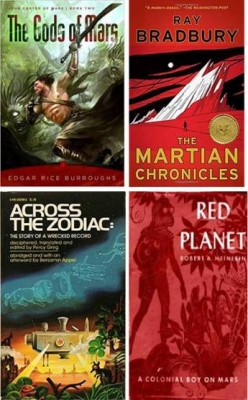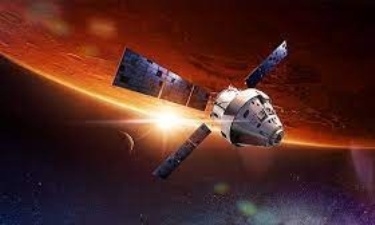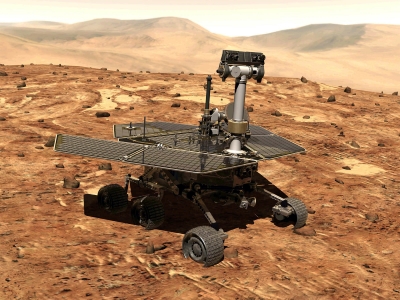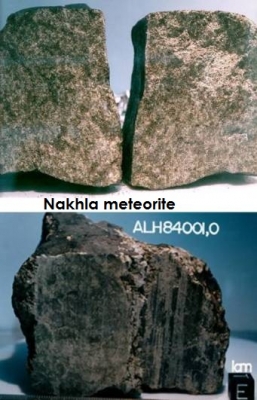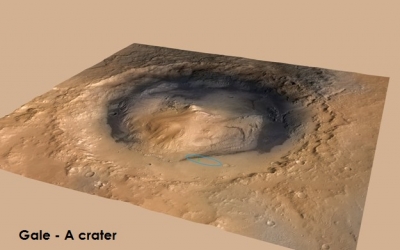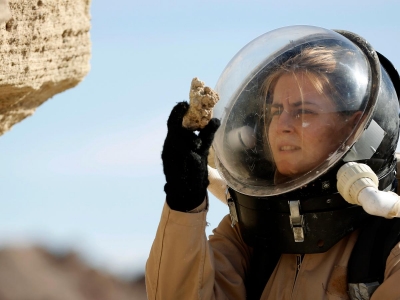What is the book The Martian Chronicles about?
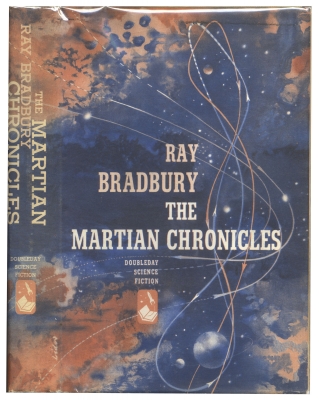
Imagine writing a full novel without realizing that you wrote one! That was what happened to Ray Bradbury, the author of The Martian Chronicles! Though this book is a collection of (fictional) events set in chronological order (which is why it is called chronicles), Bradbury had written them all for different publications at different times. He realized only later that all those stories sharing the same fictional timeline on Mars could be put together to make a single novel! And that was how The Martian Chronicles came to be published in 1950.
The book has three parts. In the first, the Americans send exploratory missions to Mars. Though the Martians try to fight off the invaders, they fall prey to a human-introduced chicken pox epidemic that nearly wipes them off the face of the planet. In the second part, the Americans successfully colonize the Red Planet. But peace on the Earth breaks down, and with a war fast approaching, most human settlers on Mars leave for the Earth. The third part of the book shows the aftermath of the nuclear war that destroys the Earth. The few humans who remain on Mars are all that is left of our race.
The strong influence of the two World Wars can be seen in this novel. Bradbury writes, “We earth men have a talent for ruining big, beautiful things.” How true!
Picture Credit : Google
